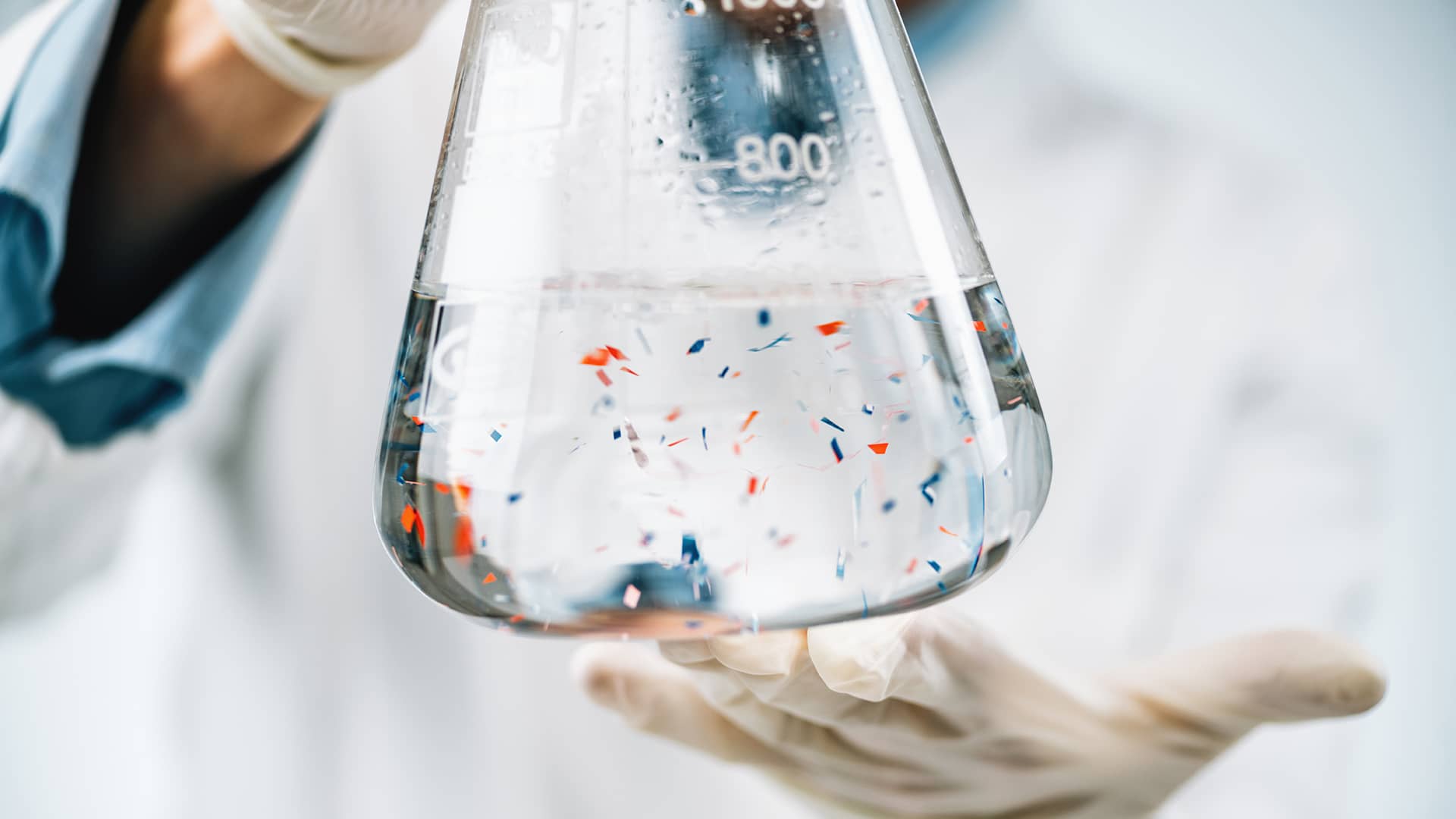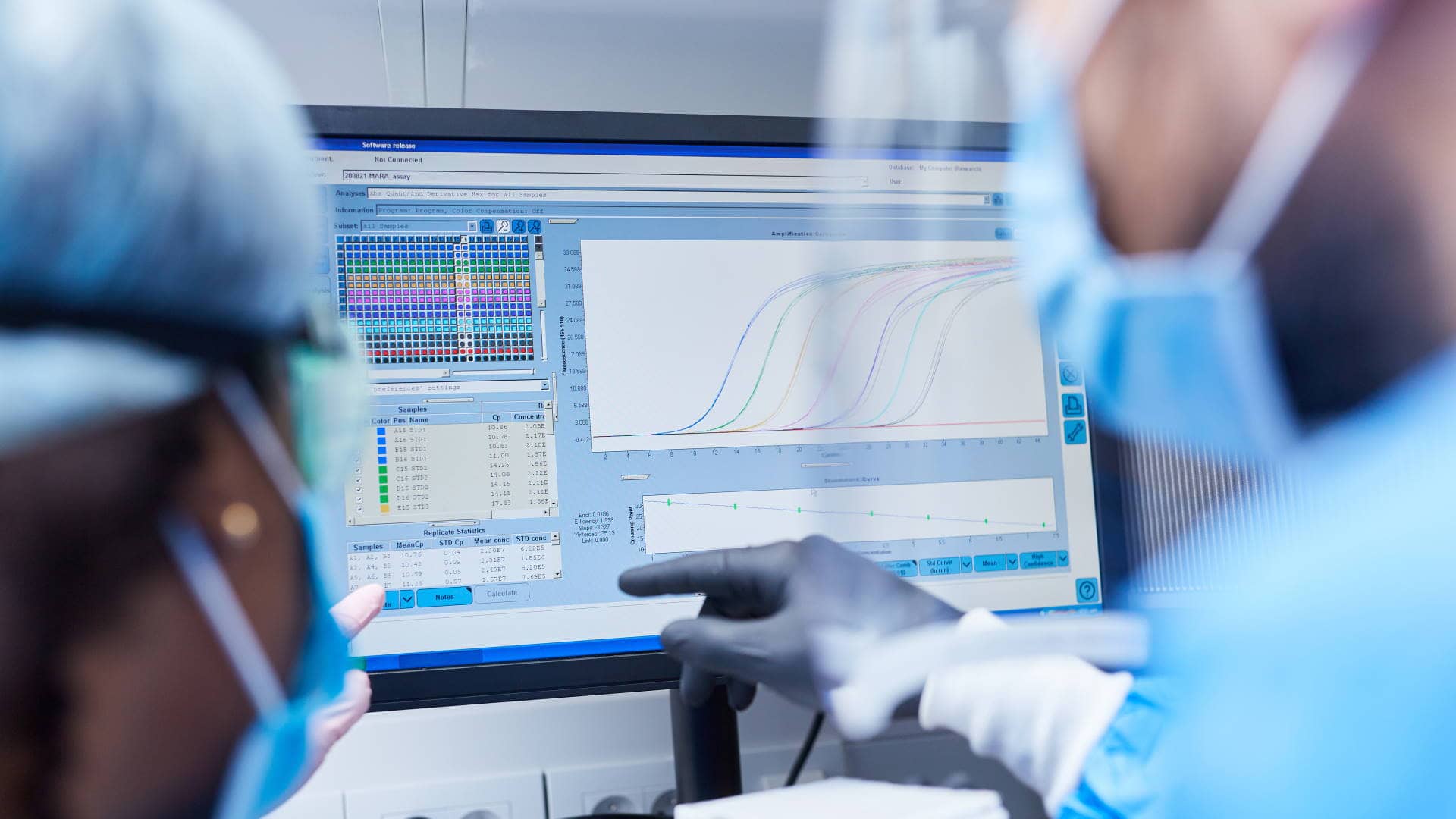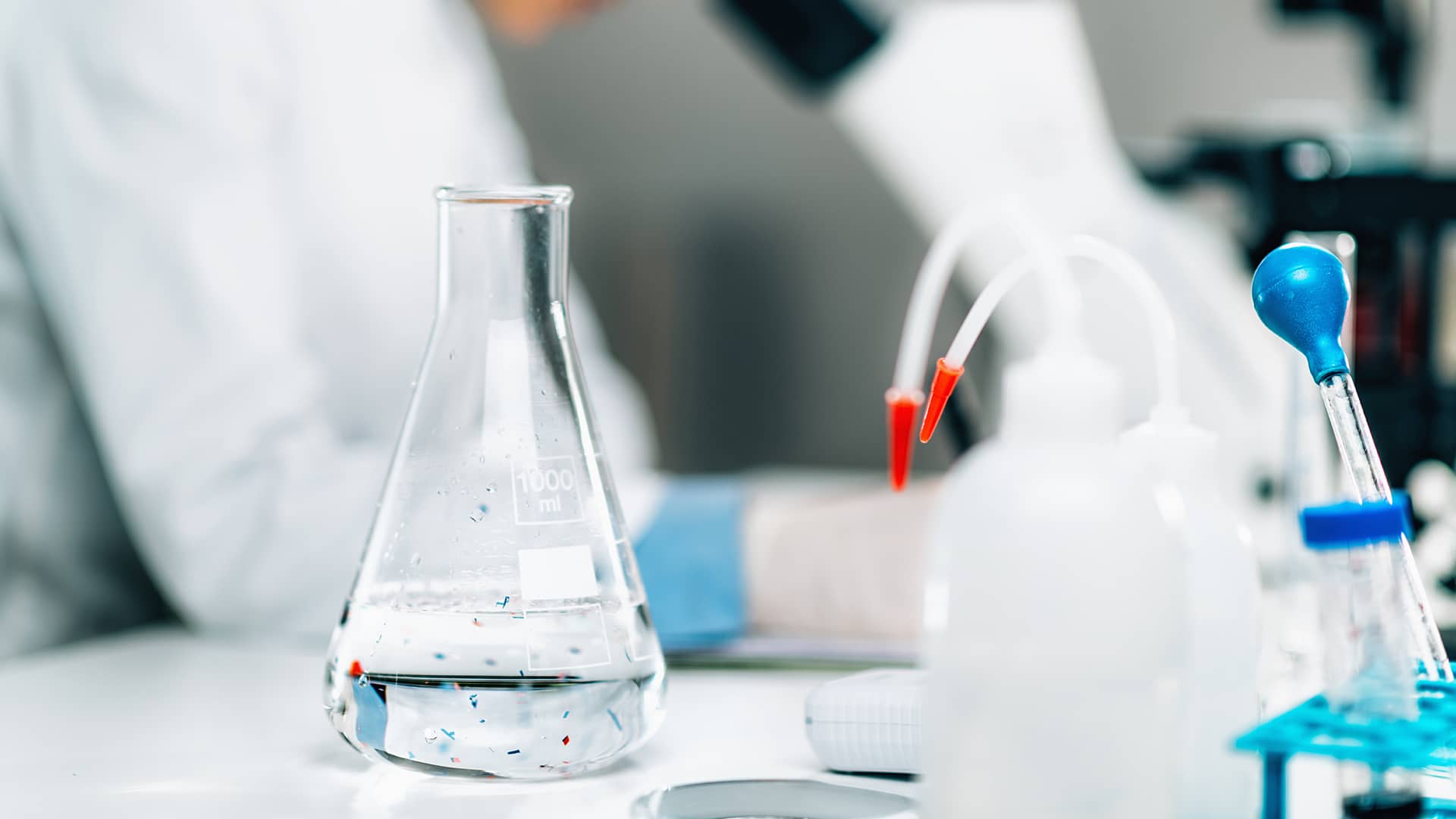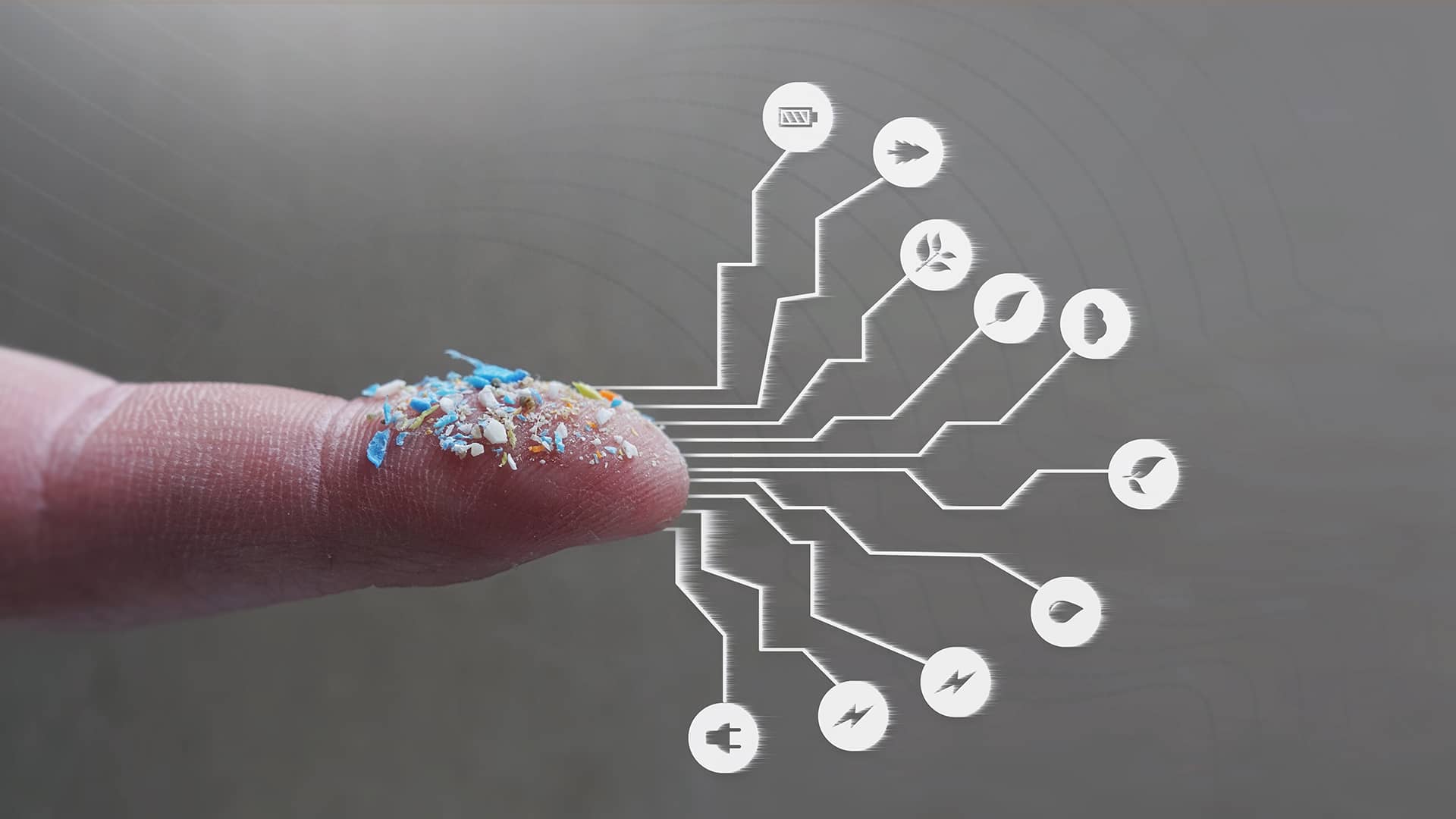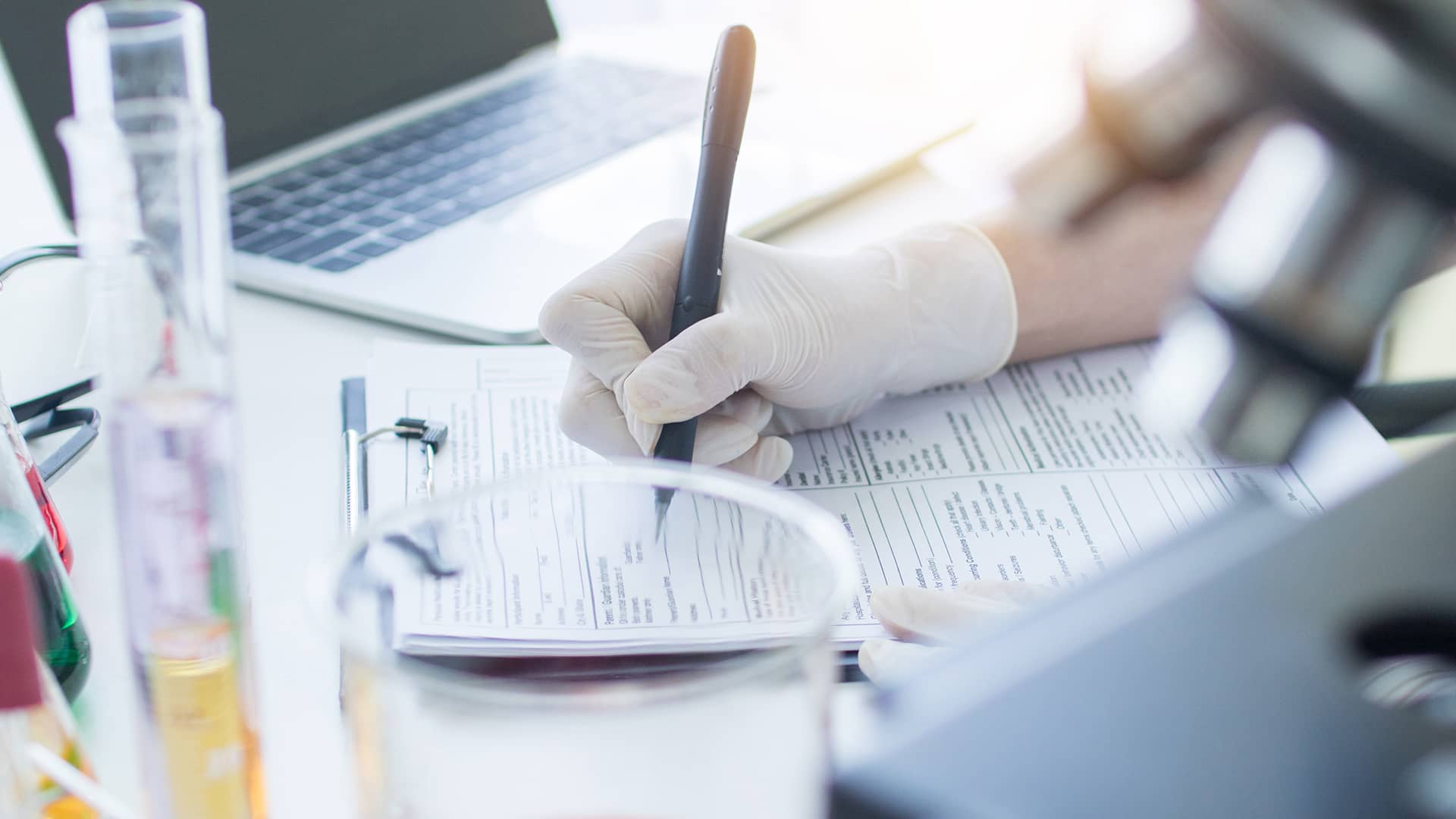Development of routine Analytical Methods for Microplastics in food and environmental samples
The aim of this work package is the development and harmonisation of procedures (including sample preparation) for the characterisation of small microplastics (SMPs: 100 – 10 µm) (particle number, polymer type, particle mass fraction and surface morphology) in complex food and environmental matrices. Existing documentation and procedures will be collected, harmonised and distributed. Four representative matrices of environmental and food interest will be selected, and a basic characterisation will be performed.
The standard operating procedures (SOPs) for the sample preparation of the four complex matrices containing SMPs will be developed and harmonised, after optimisation of the most applied detection methods. These unified SOPs will constitute a standard methodology to preparing and analysing SMPs in complex matrices when applying different detection methods.
A library with SMPs characteristics will be developed, including automatic recognition algorithms for data analysis and SMPs identification.
Matrix type | Matrix | MP type | MP size | MP content | Sample preparation | Detection methods |
|---|---|---|---|---|---|---|
Food | Drinking water | PE, PET | 100 – 10 µm | < 100 n/l | no | No full analysis * |
Food | Milk powder | PP, PET | 100 – 10 µm | < 1.000 n/l < 1 mg/l | Focus on reduction of organic content | µ-FTIR, µ-Raman, SEM, TED-GC/MS, Py-GC/MS |
Environmental | Surface water | Aged PE, PP, PS | 100 – 10 µm | > 1000 n/l > 1 mg/l | Reduction of organic and inorganic content | µ-FTIR, µ-Raman, SEM, TED-GC/MS, Py-GC/MS |
Environmental | Sewage sludge | Aged PE, PET (fibres), tyre abrasion | 100 – 10 µm | > 1000 n/l > 1 mg/l | Focus on reduction of inorganic content | µ-FTIR, µ-Raman, SEM, TED-GC/MS, Py-GC/MS |
* reference to running New Work Item Proposal (NWIP) on ISO level (ISO/TC 147/JWG 1)
Leader
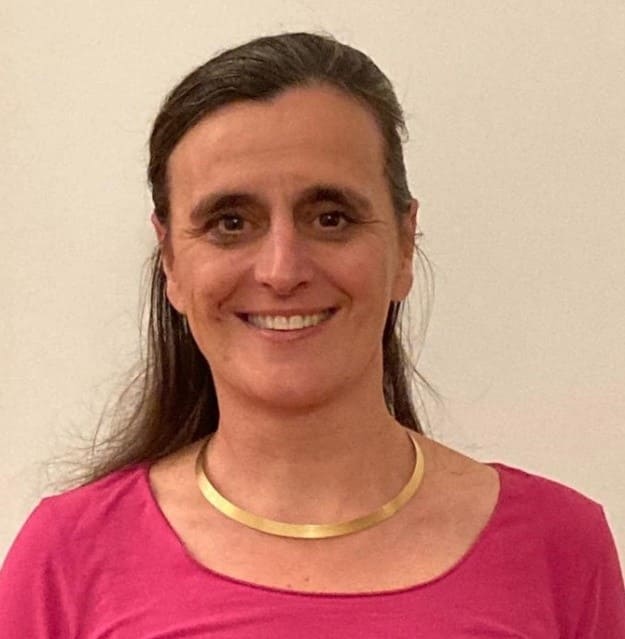
Main Goal
Development of routine analysis methods for use in the monitoring and assessment of SMPs (100 - 10 µm) in relevant food and environmental matrices and to harmonise the sample workflow from preparation to analysis and data reporting.
Key Outputs
- Compile existing methods used to quantify plastics in food and environmental matrices and protocol development;
- Evaluate the practical application of methods
- Collection of harmonized SOPs, including uncertainty and traceability statements, for the characterization of SMPs (100-10 μm) in the selected food and environmental matrices by routine analytical methods (e.g. vibrational spectroscopy tools and thermoanalytical methods);
- Data library, data treatment algorithms and correlation analysis for automatic SMPs classification and recognition tools;
